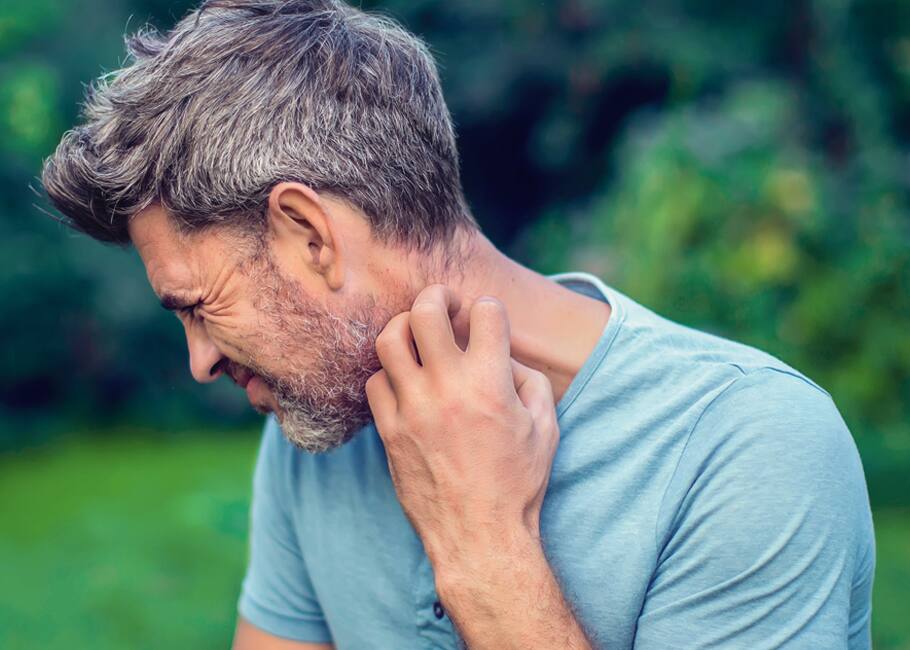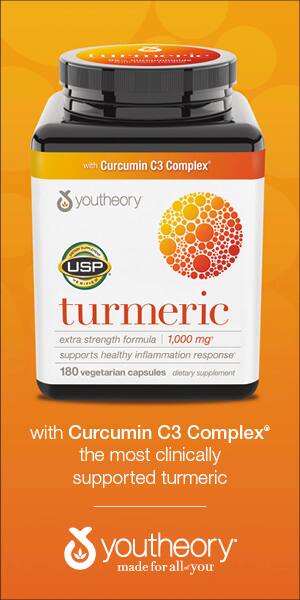
Season of the itch
Preparation, prevention of and care for various skin irritations
Known medically as pruritus, itching can be at its worst in summer as you get outside and enjoy nature. Here are some possible causes of and treatments for those occasional epidermal aggravations.
Causes and treatments
Causes: Some itch can be caused by flare-ups of existing skin conditions (such as psoriasis or eczema/atopic dermatitis), says Dr. Jeremy A. Brauer, a dermatologist in private practice in New York City and a clinical associate professor at the Ronald O. Perelman Department of Dermatology at New York University’s Langone Medical Center. These in turn could be made worse with summer heat and humidity, and environmental exposures, including plants, pollens and sunburn.
Treatment: “Some general good practices if you are ‘itch prone’ are lukewarm, shorter showers and moisturizing well immediately afterward, and protecting your skin with UVA/ UVB protective broad-spectrum sunscreen,” says Brauer.
Cause: Heat rash is another summer itch bugaboo. Dr. Sandy Skotnicki, a dermatologist in Toronto, says heat rash actually is a lay term for “an itchy eruption that occurs when our sweat pores become clogged from extreme sweating while wearing tight or heavy clothing. What can result are itchy, red bumps over clogged sweat pores.”
Treatment: Brauer suggests “wearing loose-fitting or moisture-wicking clothing. Consider applying cornstarch powder to areas ahead of anticipated perspiration. Change out of your clothes and shower/wash as soon as your activity is completed. Treatment with 1% hydrocortisone cream or calamine lotion can also be helpful.”
Cause: Most insect stings and bug bites will leave a mark and hurt for roughly five to 10 days after the initial point of contact, says Dr. Jay Woody, an emergency room physician and chief medical officer of Intuitive Health, in Dallas. Typical reactions to insect bites or bug stings include itchiness, pain and welts.
Treatment: Over-the-counter treatment is usually one of the best options to quickly address an infected bite or sting and doesn’t usually result in needing an emergency room visit, Woody notes. If you are stung by a bee, remove the stinger first, he says: “Scrape at it with a credit card or another sturdy, plastic object to remove the stinger. To help your body and relieve yourself of some of the itchiness, wash the bug bite with soap and water every day, because continual scratching can cause additional irritation, and, in worst-case scenarios, infect the wound.”
Beyond irritation
Woody cautions that infected bug bites can turn into medical emergencies if you find yourself with chills or fever, especially a fever over 100 F or red streaks extending from the bite.
Allergic reactions to bug bites and insect stings are common, but the severity level can vary widely. Woody says that, in some cases, a small number of people will have a life-threatening reaction called anaphylaxis to common bug stings or insect bites. This allergic reaction spreads through the whole body, not just in the area of the bite or sting.
“An immediate injection of epinephrine can help someone if they’re experiencing symptoms of anaphylaxis,” he says. “If someone suffers from this type of reaction, seek emergency medical help immediately.”
Knowing what to expect and what to do will help keep your outdoor experiences at their peak this summer.
If you or a family member has had severe reactions to bug bites, don’t forget to carry a prescription epinephrine injector at all times.
For specific advice about which products might work best for you and your family, a chat with your pharmacist is in order.—CMC



